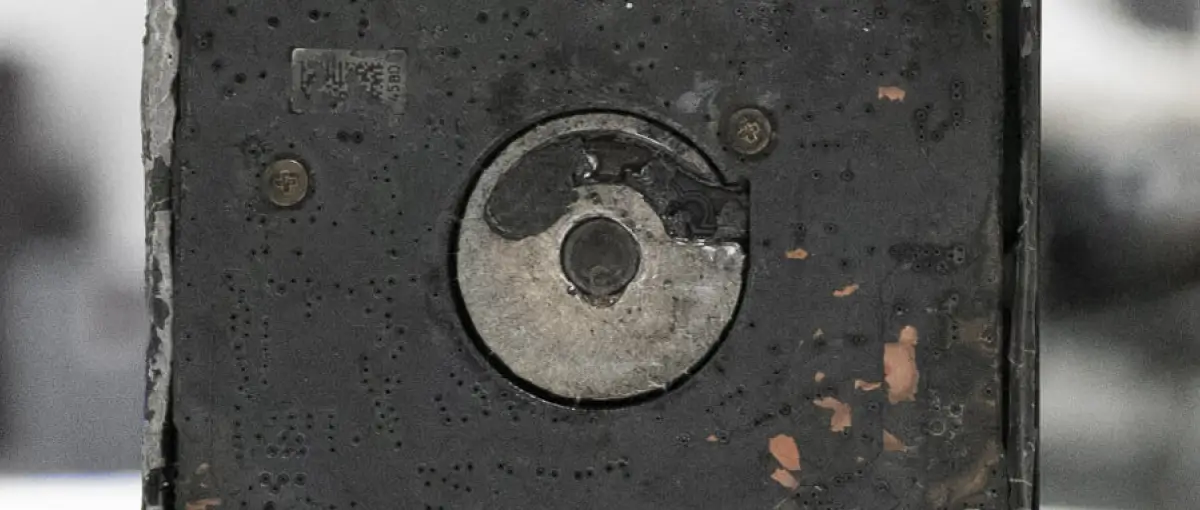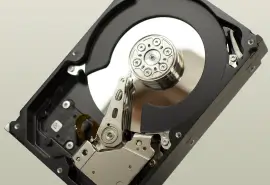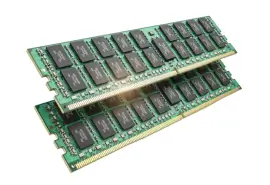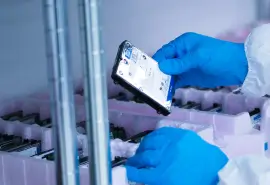When people think of environmental damage on their devices, the first thing that may come to mind is simply dropping their device when they are outdoors. However, thermal damage can be far more dangerous and require more in-depth recovery techniques. Thermal damage relates to excessive heat affecting a hard drive and can happen due to a variety of circumstances. This post will cover the causes of a thermally damaged drive, the effects of heat on your device, and what to do if your drive experiences this type of physical damage.
Causes of Thermal Damage
The average temperature threshold for a mechanical hard drive ranges from 40° Fahrenheit (5° Celsius) to 140° Fahrenheit (60° Celsius). When a device is exposed to heat exceeding this threshold, damage can occur.
A common occurrence is when a hard drive overheats after running for a long period of time. Some devices will display a warning when the drive is overheated and will either advise you to shut it off, or will shut down automatically. When your drive overheats, it may be due to a variety of factors:
- Airflow is blocked, preventing the device from cooling
- The fans to cool your drive are malfunctioning
- Dust is blocking the airflow and coating the inner mechanisms
The worst cause of thermal damage is fire. The sheer volume of flames and excessive temperatures guarantee melted components and charred drives. The majority of fire damage cases actually end up having water damage as well. When firefighters extinguish a fire, the water and chemicals they use further damage the internal parts of a hard drive.
Though these cases prove difficult and result in hours of work, Secure Data Recovery engineers have performed successful recoveries. They recovered information from a damaged RAID array after the storage system was exposed to flames for hours in a server room.
Effects of Overheating on a Drive
Thermal damage results in different levels of mechanical damage for a hard drive. Overheating can reduce the space between the read/write heads and the platters. When these components come in contact with one another, data loss occurs. Another instance of physical damage from overheating is damage to the controller board's firmware chip, which immediately prevents a drive from functioning correctly.
An engineer from Secure Data Recovery explained that there is a major limitation in fire damaged drives because any magnetic material, such as the hard drive’s magnetic platters, have something called a “Curie temperature.” This is the point at which magnetic materials lose their magnetic properties. If a hard drive’s magnetic platters are heated past Curie temperature, data becomes lost.
Our Secure Recovery Methods
In these cases, our engineers can still recover files from platters in areas that were not as exposed to the heat. There may be several platters inside a hard drive, and some may be closer to the sides, which are more exposed to heat. While the middle platters are less exposed. The recovery process for these cases is exhaustive and requires hours’ worth of work, which is why it is a quality level service that is priced as such.
When we receive a thermal damaged case in our lab, we begin by meticulously cleaning it and decontaminate the internal magnetic platters that hold the data. Engineers then utilize our Class 10 ISO 4 Cleanroom when rebuilding the melted electronics in order to make an image of the data. Once the electronics are fully repaired, the engineers rebuild the system, whether it be a RAID or a different variety of storage and extract the data. Any recovered data is then copied to a secure transfer device to be returned to the client.
Prevent Thermal Damage in the Future
The best way to keep your device from experiencing thermal damage and excessive heat is to keep an external hard drive or a device with an internal drive in a temperature-controlled environment. Ensure your device and hard drive have proper ventilation and there isn’t any dust blocking the fans or vents. Overall, have a backup system in place for critical files in the event thermal damage affects your storage system.
If your device does overheat, do not boot it up, especially if it’s hot to the touch. When it cools, backup the data as soon as possible while it is still a functional drive. If your hard drive needs data recovery after heat exposure, call Secure Data Recovery. Our engineers have worked with fire damaged cases and achieve recovery results when other companies determined the data was unrecoverable. Call us 24/7 at 800-388-1266.







